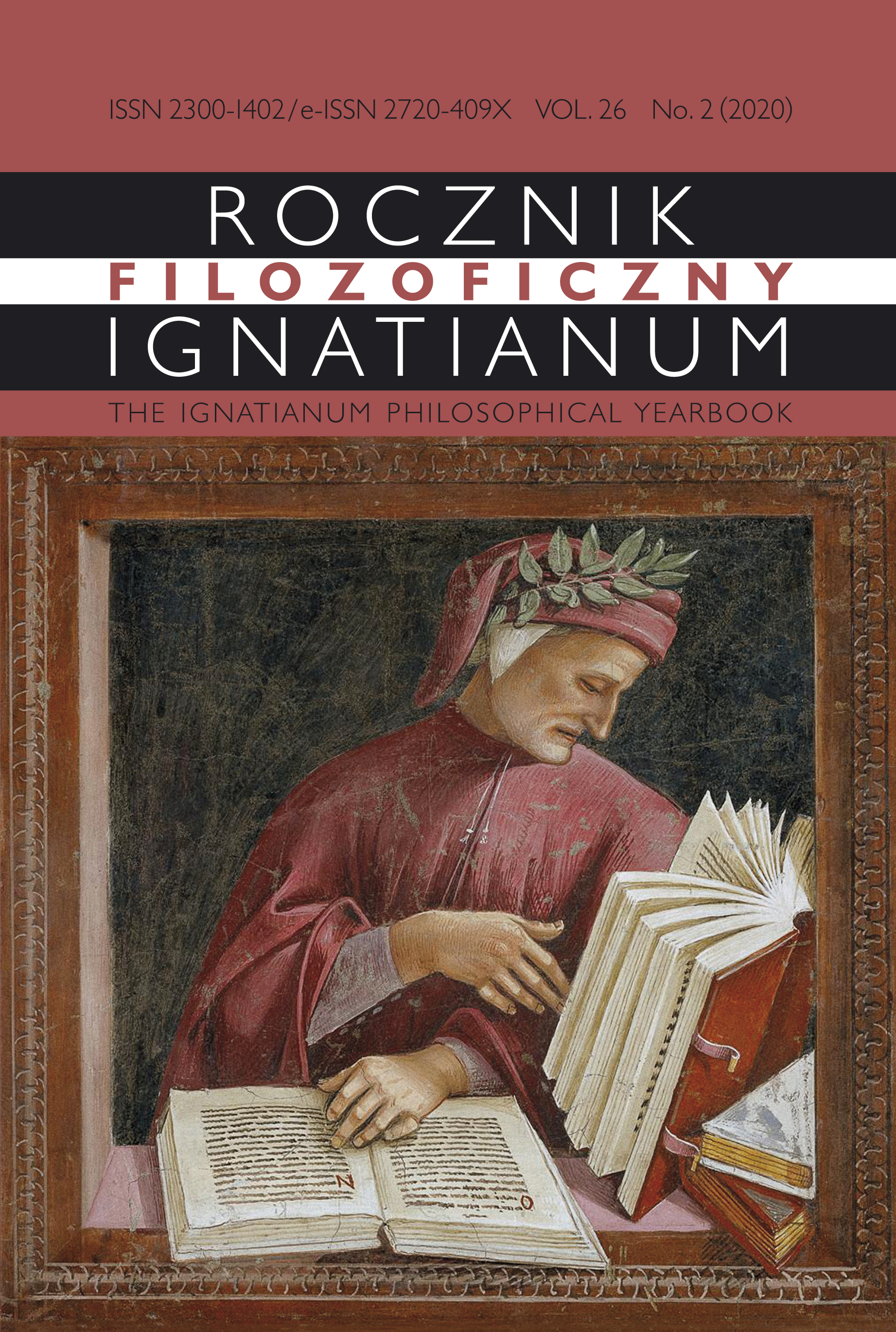Contemporary Usage of Philosophical Discourse and Literature
Abstract
This paper discusses three different contemporary uses of philosophy and literature in non-philosophical and non-literary texts. Most often, both discourses are used as tools, and they are invoked instrumentally (for example, by means of quotation) in popularizing literature or in teaching. Philosophy and literature can also be treated as a source or starting point for reflection outside its mother field (for example, in literary theory), or even as a cause of various social and political processes (as in Timothy Snyder’s The Road to Unfreedom and Michał Paweł Markowski’s Wojny nowoczesnych plemion [The Wars of Modern Tribes]). The most interesting usage of both discourses is to refer to them as the symptoms or signs of the times allowing us to make diagnoses about the present (this is the case, among others, in After 1945: Latency as Origin of the Present by Hans Ulrich Gumbrecht, in Rysy na tafli. Teoria w polu psychoanalitycznym [Cracks on the Surface. A Theory in the Psychoanalytic Field] by Andrzej Leder, while in relation to literature, in Agata Sikora’s Wolność, równość, przemoc [Liberty, Equality, Violence], the essays by Zygmunt Bauman and Przemysław Czapliński). These uses of the two discourses show the similarities between literature and philosophy on a purely pragmatic level that is relevant to their contemporary functioning in a non-specialist sphere. The convergence in this regard is a testimony to the transformation of the position of both discourses in the contemporary humanities involving the loss of their privileged (though increasingly marginal) position. At the same time, literature and philosophy in this crisis situation are gaining new areas of influence in public discourse, realizing their cognitive and reflexive potential through their utilitarian use.
Copyright (c) 2020 Jesuit University Ignatianum in Krakow

This work is licensed under a Creative Commons Attribution-NoDerivatives 4.0 International License.
The Yearbook only accepts materials for publication that are free of all conflicts of interest, and that in no way involve conflicts over authorship, copyright, etc. The Editors will take action against any cases of plagiarizing, ghostwriting1, guest/honorary authorship2, etc. Where co-authored work is concerned, the Author listed first is expected to take responsibility for the submission, and is required to make clear the contributions of all of the Co-Authors involved. In the event of the publication owing its existence to funding dedicated to this purpose, this fact should be made clear: e.g. in any note of thanks/acknowledgement, or in a footnote, etc. Explicit notification should be given of any form of reprinting, with the appropriate evidence of permission to publish being furnished as required. Any impropriety on the part of Authors/Reviewers risks exposing them to appropriate responses from the relevant institutions.
______
1 This term refers to instances of a person who has made an essential contribution being omitted from the list of authors, or from notes conveying gratitude and/or acknowledgement.
2 This occurs when a person who has made either an insignificant contribution or no contribution at all nevertheless appears on the list of authors.





